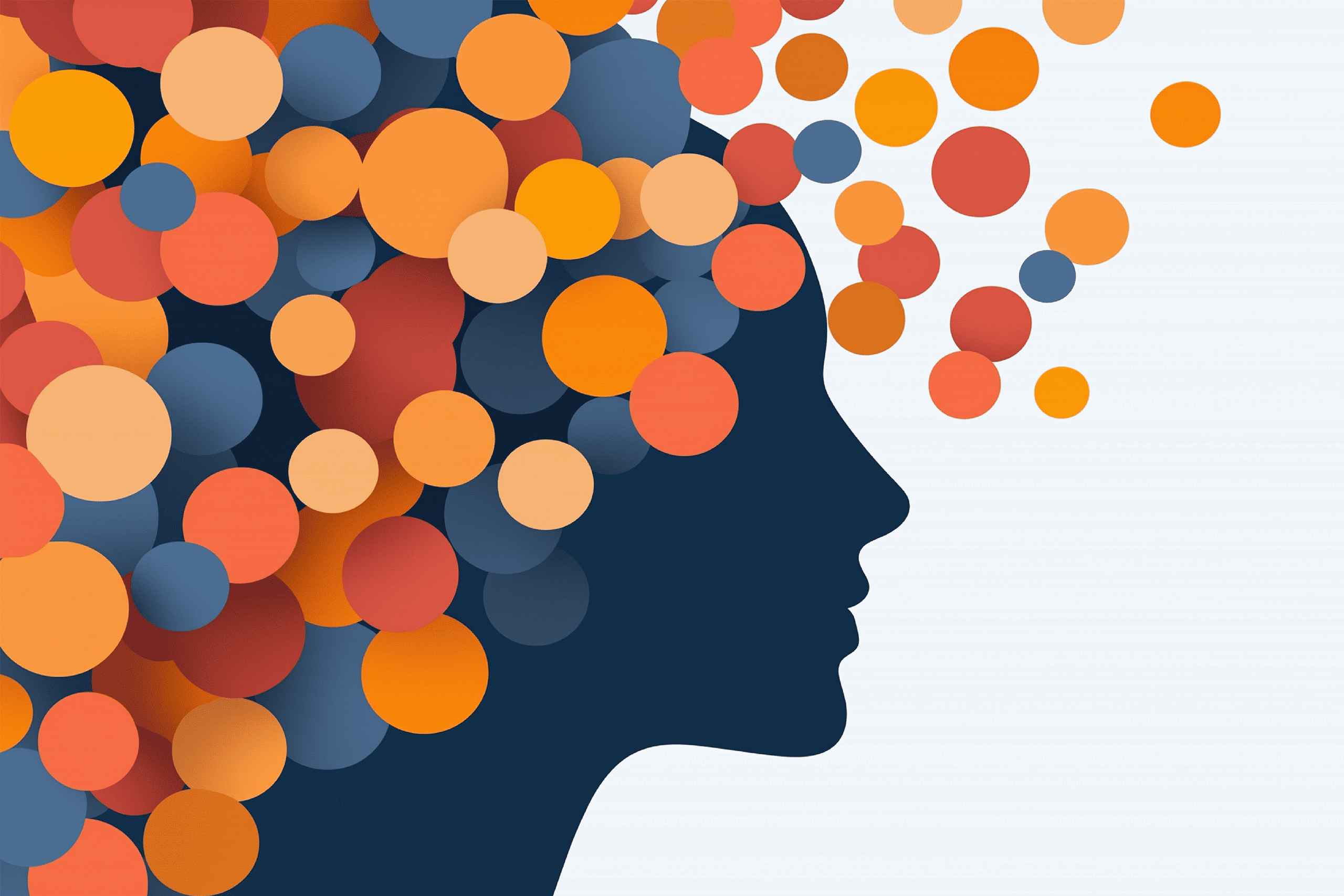
Interview with
Emma Mander
CEO, Great Minds Together
Neurodiversity & Mental Health Specialist
As a society we’re in the relatively early stages of understanding neurodiversity and the links to mental health. While neurodivergence itself isn’t a mental illness, the challenges associated with navigating a neurotypical world can increase the risk of developing mental health conditions, or their trauma behaviours as a result of unmet needs being mistaken for a Mental illness, for individuals with ADHD or who are autistic, for example.
Emma Mander is the CEO of Great Minds Together, a charitable organisation that supports neurodivergent children and young people and adults (and their families) who are struggling with mental health difficulties. The support extends to the professional networks around them in order to upskill them on how to meet their needs effectively.
“There’s a big misconception in respect to neurodivergent people, particularly autistic people, not being able to have mental health needs”, Emma says. “However I would say that mental health is a lot more prevalent in autistic people, and those who are neurodivergent, as a result of trauma from unmet or unidentified needs”.
Emma is a passionate advocate for systemic change, dedicating her professional career to championing a system that can better support neurodivergent individuals struggling with mental health difficulties.
Systems and frameworks need to adapt with the times
Education systems, social care systems, mental health and neurodiversity frameworks, and our understanding of mental health, needs to adapt to support a new cohort of people seeking support, Emma believes.
“The problem is that, at the moment, our system is very diagnostic led and, due to the overwhelm, a large portion of services are only able to provide support once a diagnosis is given”, Emma says. “This is an issue linked to a system that no longer works for the people it now serves”.
“Through the research we’ve done across all of the services we’ve provided over the last 7 years, we find that when a neurodivergent young person is presenting in crisis, it usually links back to the education system not meeting their needs”, Emma expands. “Or they’ve been supported under frameworks that are really rigid, that haven’t moved with the times with respect to what they need environmentally, or with respect to their wellbeing and mental health” she continues.
“When a neurodivergent young person is presenting in crisis, it usually links back to the education system not meeting their needs”
Emma believes we need to be looking at different regulatory frameworks. Services currently operate in a system working under frameworks that drive the expectation of how they operate, which is contributing to the wider problem. “A lot of these are strong, legal frameworks without movement or flexibility”, she goes on. “So, unless we change the laws, there’s only so far services can innovate”.
Emma explains that there are also a lot of gaps in the law, with new legislation coming into play that are working in silos. “We’re currently very risk averse, operating from a risk management perspective rather than a therapeutic or holistic approach”, she says. “So, rather than trying to make a system work within regulatory frameworks that already exist for different reasons, we need to develop a neurodiversity framework that’s new and unique that can support people in a needs-led way and that can impact everyone working within the system positively as well”, she concludes.
Build on what works, innovate what doesn’t
Emma acknowledges that the health system does get it right a lot of the time and seems quite flexible in its thinking, with a strong growth mindset.
“The health system is able to think quite innovatively, I’ve found”, Emma expands. “And we could replicate this mindset across other systems”. Emma agrees the health system does have a lot of good practices that we could utilise across local government operations and education.
“If we could blend some of the health approaches into statutory service delivery, the shift would be a positive one”, Emma believes.
“There are a number of local authorities that are doing things well”, she goes on. “We work really well with Hampshire and Isle of Wight ICB, for example” Emma explains, “who are doing some really innovative things in trying to link education, health and social care together. But it’s about how we can make that consistent across the country.”
“Unfortunately, the system operates on people and relationships”, she says. “It’s about how we can model the system in a way that ensures the processes are the same no matter where you go and no matter who is in charge.”
Technology’s role in supporting a growth mindset
Emma agrees that technology has a huge role to play, but there’s not much understanding of what that could look like. “Implementing and utilising digital tools is a relatively new concept for many, and people are hardwired to be fearful of things they don’t understand”, she muses. “But people and systems need to move with the times”.
Tech has a growth mindset, and Emma believes services need to be thinking with a growth mindset as well. “How can we utilise the tools available to us, like AI, for the benefit of the thing that isn’t working?” she asks. “We keep talking about a system that isn’t working because it’s archaic so, if that’s the case, why are we not bringing the system in line with all the new technology that is available that can help it get better?”
“How can we utilise the digital tools available to us for the benefit of the thing that isn’t working?”
“What we do know is that we, as humans, are unable to fix this system” she continues, “so how can we utilise tech for a more joined-up approach where different systems are talking to each other effectively and outcomes are not dependant on a person or a relationship, but a system that ensures consistently positive outcomes for our children”, Emma concludes.
Read more from our thought leadership series here.
*Clause: for the purpose of this article we refer to the term ‘system’ to mean how services are set up and work together and we refer to the term “framework” to mean the rules and structures that govern how that system operates.
Written by
Louisa Clark
hi@mayden.co.uk
If you would would like to contribute to our thought leadership series, please get in touch.


